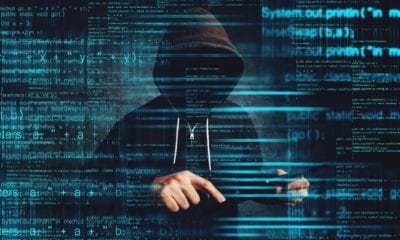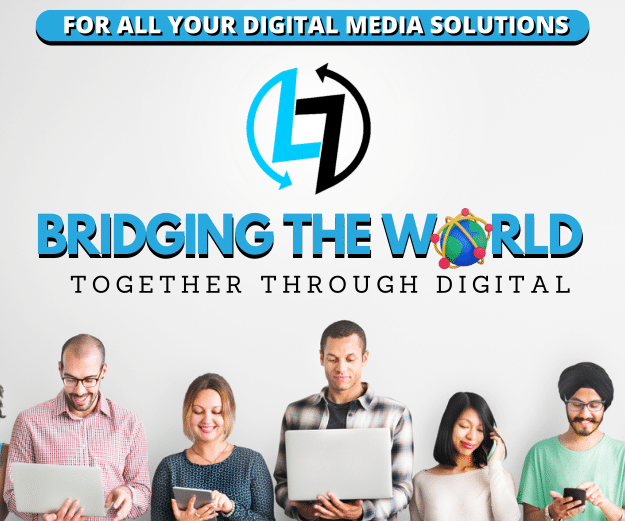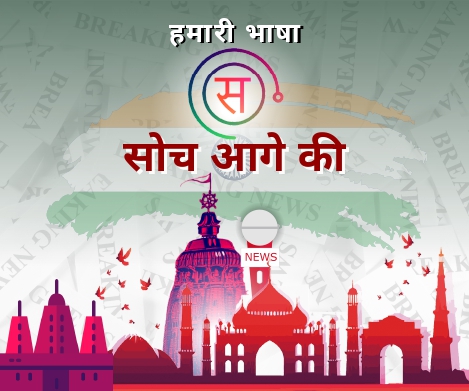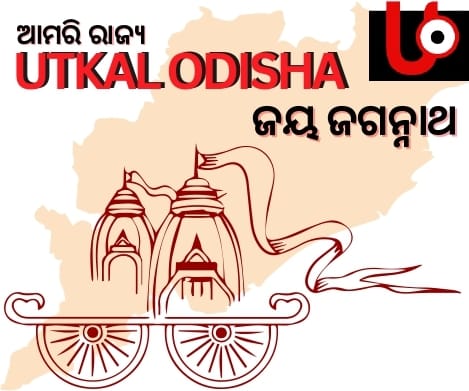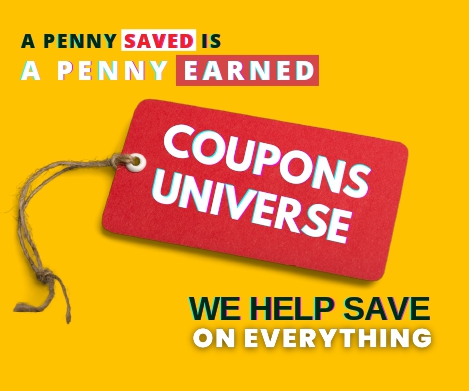Information Technology
Blockchain Technology: The new face of digitalization

Blockchain technology has been an expected news item with the coming out of cryptocurrencies like Bitcoin. Today, Blockchain technology is unsettling almost all markets, varying the way we do our day to day business. Yes, blockchain technology is changing the face of digitalization.
Let’s decode the latest buzz word – The Blockchain Technology
Imagine a Microsoft Excel Sheet file in your laptop with niceties of some transactions you made. You can call it a ledger. Now, imagine that your Excel Sheet file is copied to hundreds of your friends’ computers, attached to each other forming a network. The ledger in your laptop has become a distributed ledger. Then visualize that this network of computers is designed with a technology to regularly keep posted this Excel Sheet, whenever you or your friends update the ledger.

In simple language, blockchain is a digital ledger. Ledger is a book containing accounts to which debits and credits are posted from books of original entry. A blockchain is a digitized, decentralized, public ledger. The main chain (black) comprises of the longest series of blocks from the genesis block (green) to the current block. Orphan blocks (purple) exist exterior to the main chain.
The blockchain is an incorruptible digital ledger of transactions that can be programmed to record virtually everything of value. Each list of records in a blockchain is called a block. So a blockchain is a continuously growing list of records called blocks, which are connected and secured.
History of Blockchain
Blockchain Technology was pioneered by Satoshi Nakamoto in 2008 for use in the cryptocurrency bitcoin, as its public transaction ledger. Satoshi Nakamoto’s aim in creating the decentralized Bitcoin ledger—the blockchain—was to allow users to control their own money so that no third party, not even the government, would be able to access or monitor it.
The architect of Bitcoin, Satoshi, vanished back in 2011, leaving behind open-source software that the users of Bitcoin could update and improve. The invention of the blockchain for bitcoin made it the first digital currency to solve the double-spending problem without the need for a trusted central authority or central server. The bitcoin invent has been the inspiration for other applications.

In the 1990s, when the internet technology was in the nascent stages, email was the first major application. Later new applications like web browsers came. Websites became popular. People started using chat software like Skype. Now if you look at your mobile, see how many different applications are run using the internet?
Similarly, when blockchain technology emerged, bitcoin was the first major application that used it. Other cryptocurrencies followed the trend. Now, blockchain technology is used in a variety of applications like security, online voting, etc.
Simply put, the Internet allows computers to exchange information; Blockchain allows computers to record information. Both use a lot of computers (nodes). The Digital Economy, Wikinomics is courageous on the subject and reflects about Blockchain. The first generation of the digital revolution brought us the Internet of information. The second generation — powered by blockchain technology — is bringing us the Internet of value: a new platform to reshape the world of business and transform the old order of human affairs for the better.
Blockchain is a vast, global distributed ledger or database running on millions of devices and open to anyone, where not just information but anything of value — money, but also titles, deeds, identities, even votes — can be moved, stored and managed securely and privately. Trust is established through mass collaboration and clever code rather than by powerful intermediaries like governments and banks.
Technologies Behind Blockchain
Different technologies behind blockchain technology are likes of private Key Cryptography, P2P Network (Peer-2-Peer) and Program (the blockchain’s protocol)
The blockchain is a mechanism to bring everyone to the highest degree of accountability. No more missed transactions, human or machine errors, or an exchange that was not done with the consent of the parties involved.
The most critical area where Blockchain helps is to guarantee the validity of a transaction by recording it not only on the main register but a connected distributed system of registers, all of which are connected through a secure validation mechanism.

Blockchain technology can find applications in the areas in future such as smart contracts which is any industry heavily reliant on contracts, such as insurance, financial institutions, real estate, construction, entertainment, and law, would benefit from blockchain’s indisputable way to update, manage, track and secure contracts. Smart contracts, those that are embedded with if/then statements and be executed without the involvement of an intermediary, also use blockchain technology. Similarly, Supply chain management – Whenever value changes hands or the status of asset changes, blockchain is ideally suited for managing the process and Asset protection – Whether you’re a musician who wants to ensure you get royalties when your music gets played or a property owner, blockchain technology can help you protect your assets by creating an indisputable record of real-time ownership. Its application does not end here. It can be used in personal Identification – Governments manage vast amounts of personal data from birth and death records to marriage certificates, passports, and census data. Blockchain technology offers a streamlined solution for managing all of it securely.
In Internet technology, cyber threat and attack are always looming over it and when it comes to authorized transactions the encryption is the need of the day. Blockchain has the potential to be highly transformative to any company that processes payments. It can eliminate the need for intermediaries that are common in payment processing today.
Lastly, as with traditional crowdfunding, a blockchain-powered crowdfunding campaign seeks to secure investment for a new project from an interested community. But in this instance, funding is most likely to come in the form of bitcoin or other cryptocurrencies.
More on Blockchain…
The blockchain permits and regulates our smart devices to speak to each other better and faster. Blockchain answers the predicament of manipulation. It brings everyone to the highest degree of accountability and authority. Online identity and reputation will be decentralized. We will own the data that belongs to us. Cryptocurrencies take the clout away from governments to control the value of currencies and hand it to people. The potential is great for people in the informal economy to exploit the blockchain’s middleman-free way to exchange assets.
Blockchain technology can more equitably address issues related to freedom, jurisdiction, censorship, and regulation, perhaps in ways that nation-state models and international diplomacy efforts regarding human rights cannot. Blockchain-based systems allow for the removal of intermediaries involved in the record-keeping and transfer of assets.

The removal of intermediaries and settlement on distributed ledgers allows for dramatically increased transaction speeds compared to a wide range of existing systems.
Data entered on the blockchain is immutable, preventing fraud through manipulating transactions and the history of data. Transactions entered on the blockchain provide a clear trail to the very start of the blockchain allowing any transaction to be easily investigated and audited.
But as all technologies have some chinks in their armory, blockchain also is not out of that list. it has also few shortcomings. Bitcoin is a poster child of the challenging escalation in power demanded from a large blockchain network. That’s not appealing given today’s concerns about climate change, the availability of power in developing countries, and the reliability of power in developed nations. The private key must remain secret at all times because revealing it to third parties is equivalent to giving them control over the bitcoins secured by that key. The private key must also be supported up and protected from accidental loss, because if it’s lost it cannot be recovered and the funds secured by it are forever lost, too. Similarly, at that time, some transaction speed is also an issue. As we noted above, blocks in a chain must be verified by the distributed network, and that can take time.
Last but not least
In scaling society up from herds and small groups, governments have had to meet the problem of enabling secure commerce and other interactions among visitors. The means now may be very different, but the end is still the same – a secure way of transactions. The multifaceted world of big data and Intent Of Thing is emerging. Blockchain will be an imperative part of our financial and technological digital future. The ‘blockchain’ technology behind bitcoin could prove to be a constituent of an entirely new world of technology, as big as the internet itself, a wave of innovation that strives the intermediaries out of much commerce and leaves us much more free to exchange goods and services with people across the globe without going through corporate middlemen. It could radically decentralize and delegate society itself, getting rid of the need for BFSIs, governments, even conglomerates, and legislators.


